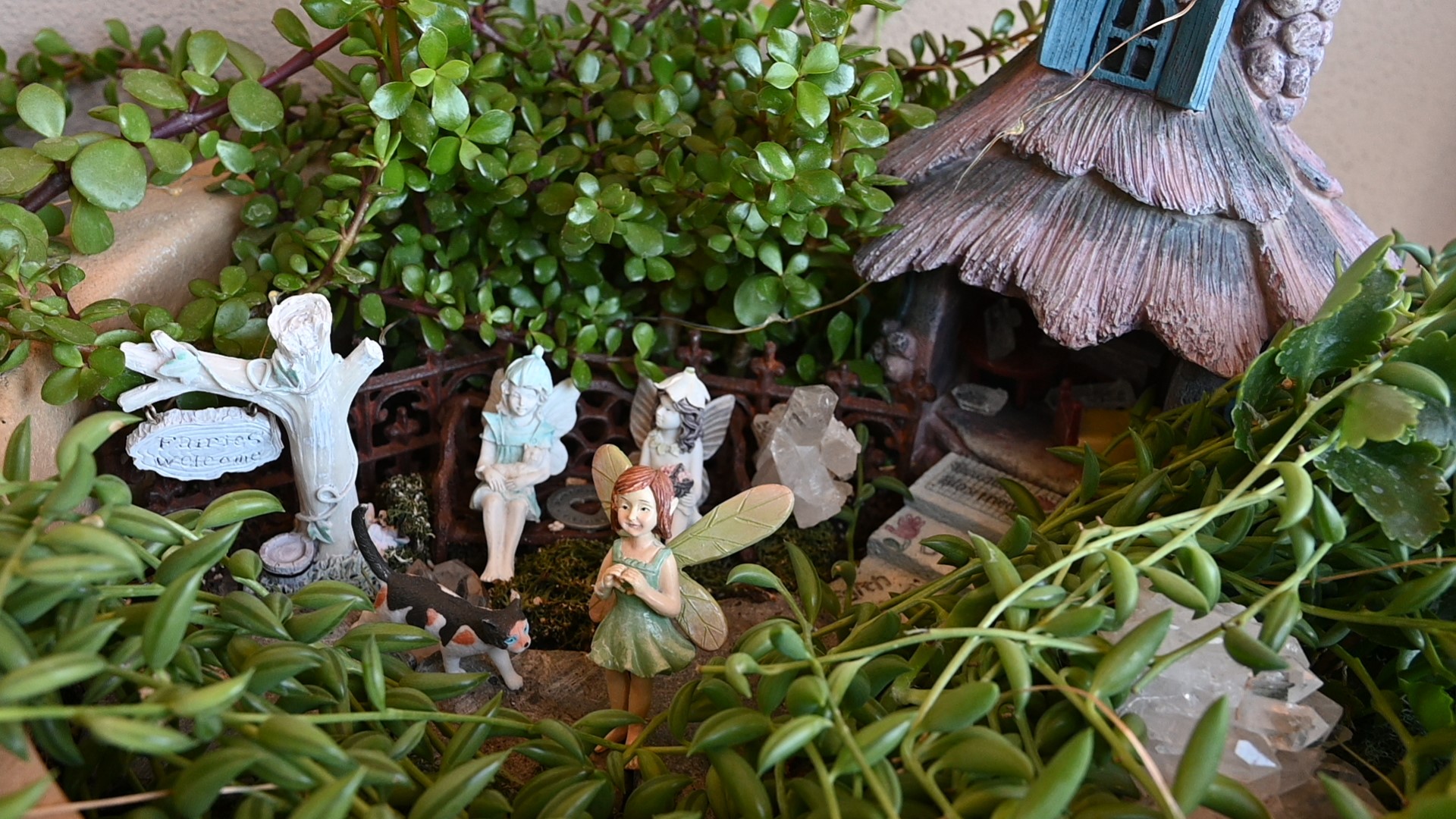Getting Kids Outside for a Therapeutic Experience, Part 2: Therapeutic Gardening

Therapeutic gardening is a wonderful way to get kids outside and learn about nature while developing sensory processing, motor skills, language, and social skills. In this podcast, Jenny explains the benefits of therapeutic gardening and offers practical suggestions for ways therapists and parents can help children get outside and garden!
In part 1 we learned that getting outside exposes us to sunlight, which is vital for our bodies to make vitamin D and making vitamin D balances our immune system. A recent study looking at global data from COVID19 found that there is a correlation between vitamin D deficiency and increased susceptibility to the repercussions of this novel virus. Another recent study revealed that people are less likely to get coronavirus while outside, because indoor air spreads the virus more quickly.
This is just more evidence to validate the importance of getting kids outside.
Therapeutic gardening is a wonderful way to get kids outside and learn about nature while developing sensory processing, motor skills, language, and social skills.
What are the benefits of therapeutic gardening?
- Exposure to the elements of nature is very healing. Studies reveal that exposure to nature reduces blood pressure, eases muscle tension, decreases the production of stress hormones, and enhances immune function. And of course, they are exposed to sunlight, which will help vitamin D production.
- Gardening facilitates emotional regulation. Research shows that exposure to the outdoors improves mood and reduces anxiety. This is very good news for parents with children who have developmental disabilities such as sensory processing disorder and autism because these children have an increased risk of mental and physical health issues.
- Studies show that children with ADHD improve attention from exposure to green spaces, including just looking at a plant.
- Gardening develops fine motor skills, eye-hand coordination, balance, postural stability, and muscle strength.
- There are always new things to learn about gardening. Learning a new skill contributes to growth and development helping a child feel a sense of independence and self-worth.
Kids can grow a vegetable garden, herb garden, flower garden and/or make a fairy garden.
Growing a vegetable garden contributes to a child’s nutrition. When children grow their own vegetables, they are more likely to eat them. (example of child who grew green beans). Summer is a good time in most places to plant tomatoes, summer squash, green beans, and peppers just to name a few. Start by selecting vegetables that you know your child likes to eat.
Herb gardens are a wonderful sensory experience. Kids can get immediate sensory input through their olfactory system, the sense of smell, simply by pinching off a small piece of the herb and rubbing it between their finger and thumb. This also is great for developing pincer grasp and in-hand manipulation skills. There are a variety of herbs kids can grow; Basal, thyme, sage, rosemary, peppermint, parsley, dill, and cilantro, just to name a few.
Flower gardens are full of beauty. Select flowers that are hearty for your climate so they can be enjoyed all through the summer months. Some flowers have more fragrance than others. Have the child select which colors and smells they like the most. Get a pot, some soil, and teach the child how to plant the flower. The child will develop responsibility by learning how to continue to take care of the flowers such as regularly watering it and pinching off any dead flowers or leaves to help facilitate new growth.
Fairy gardens help to develop a child’s imagination, creativity, and pretend play. You can commercially purchase some fairy garden items, but it is much more fun and creative to make a fairy garden out of nature items. Kids can go on a nature scavenger hunt and collect twigs, leaves, acorns, and unique rocks. Use any container to put the fairy garden into. It can be an old broken pot, the base of a pot, a basket with a plastic liner, or a small spot in the backyard. Start by filling the container with soil, next place the plants where you want them, and finish by arranging the nature items to create a one-of-a-kind fairy garden. Children can even make their own fairies out of craft material. Fairy houses can be made from sticks, string, glue, leaves and moss. There are many more ideas on Pinterest. This is excellent for fine motor skills, motor planning, and sequencing. Creating a theme can be fun. Here are a few examples; a beach theme, desert theme, woodland theme, English garden theme, camping theme, and so the list goes on… It is only limited to your imagination!
